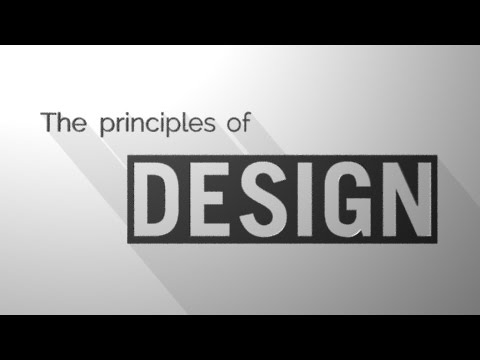Design is a universal language that transcends boundaries and industries, weaving its intricate threads through every aspect of our lives. From the sleek interface of an e-commerce website to the calming ambiance of a healthcare facility, and the seamless experience of travel booking, design principles shape our interactions and perceptions. In this blog, we embark on a journey to discover how design principles are applied uniquely across diverse industries—e-commerce, healthcare, travel, and more.
1. E-Commerce: The Art of Visual Commerce
In the realm of e-commerce, design plays a pivotal role in capturing the attention and trust of online shoppers. Clean and intuitive user interfaces, combined with high-quality product images, create an immersive shopping experience. Designers focus on visual hierarchy, ensuring that key elements such as product details, prices, and calls to action stand out.
Additionally, personalized recommendations and smart navigation systems cater to individual preferences, enhancing the overall user experience. Consistency in design across platforms—from websites to mobile apps—builds brand recognition and fosters a sense of reliability, ultimately driving conversions and customer loyalty.
2. Healthcare: Healing Spaces Through Thoughtful Design
Design in healthcare goes beyond aesthetics; it influences patient well-being and recovery. In medical facilities, calming color palettes, natural lighting, and comfortable furniture contribute to a soothing ambiance. Wayfinding design aids navigation, reducing stress for patients and visitors alike.
Healthcare app interfaces prioritize usability, enabling patients to manage appointments, access medical records, and communicate with healthcare providers seamlessly. The design of medical equipment and devices focuses on intuitive interfaces, ensuring ease of use for medical professionals.
3. Travel: Bridging Dreams and Destinations
The travel industry thrives on sparking wanderlust and turning dreams into realities. Travel websites and apps leverage stunning imagery and concise information to inspire and guide travelers. Designers craft user interfaces that make trip planning intuitive and enjoyable, with interactive maps, virtual tours, and immersive experiences.
Branding plays a vital role in travel design, as logos, color schemes, and fonts convey the essence of different destinations and travel companies. In the transportation sector, such as airlines and railways, ergonomic seating, innovative cabin layouts, and intuitive in-flight entertainment systems enhance the travel experience.
4. Education: Nurturing Minds Through Design
In education, design principles shape the learning environment and tools. Digital learning platforms prioritize accessibility, ensuring that educational materials are available to a diverse range of learners. User-centered design focuses on creating intuitive interfaces that facilitate engagement and collaboration among students and educators.
Physical learning spaces, such as classrooms and libraries, incorporate flexible furniture arrangements and interactive displays to foster active learning. Educational apps and gamified learning platforms employ visual cues and engaging interactions to make learning engaging and effective.
5. Finance: Trust and Transparency Through Design
In the financial sector, design is a powerful tool for building trust and conveying complex information clearly. Banking apps prioritize security and user-friendly interfaces, simplifying transactions and account management. Visualizations, such as graphs and charts, help users understand their financial data at a glance.
Website design for financial institutions emphasizes transparency, with easily accessible information about services, fees, and policies. Well-designed financial reports and statements enable individuals and businesses to make informed decisions based on accurate data.
 Design Knows No Boundaries
Design Knows No Boundaries
Across e-commerce, healthcare, travel, education, finance, and beyond, design principles serve as the backbone of user experiences, functionality, and branding. As technology evolves and industries adapt, designers continue to push boundaries, creating innovative solutions that resonate with users and drive success. In a world where design knows no limits, its impact is felt in every touchpoint, enriching our interactions and shaping the way we perceive and engage with the world around us.

